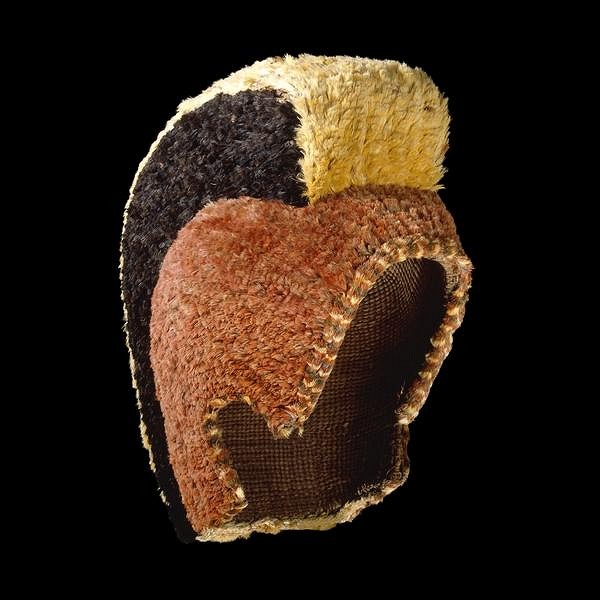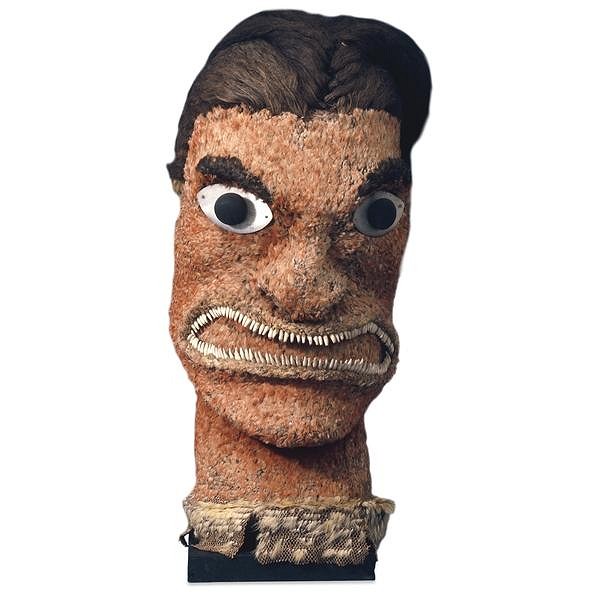MB

Joined: Nov 25, 2006
Posts: 128
|
MB

I came across this the other day and found it really interesting.
from the British Museum,
Power & Taboo: sacred objects from the Pacific.

Feathered helmet (mahiole)
In Hawaii feathered helmets were worn together with feathered capes or cloaks to cover the entire body in feathers. This wrapping both protected and signalled the power of the most important chiefs.
Known as mahiole, helmets like this one form part of the regalia of high status Hawaiian chiefs and were worn during ceremonies and for battle where the strong basketry framework of the helmet provided some physical protection.
This particular helmet, with its broad crest and braided strip, probably comes from the island of Kaua'i. The crest may symbolise an extension of the backbone, reaching over and downwards to protect the most sacred part of the body, the head.
Documentation in the Museum does not reveal when this helmet was brought to Britain, but it is similar in style to helmets brought back from Captain Cook's third voyage in 1779. Alternatively, it may have been collected on later European visits to Hawaii in the eighteenth or nineteenth centuries. The Hawaiians ceased making feather garments and helmets in the early nineteenth century.

Feather god
In the eastern Pacific birds were seen as being intimately connected with the gods and feathers were one of the most powerful forms of wrapping used to protect, manage and contain the presence of the gods.
This basketry sculpture, clothed in feathers, represents, and could be inhabited by Ku, the god of war. On occasion Lono, the god of rain and agriculture, may also have inhabited this image.
Vast numbers of feathers were required to make images like this. They were gathered by commoners and offered as tribute to chiefs who oversaw the making of great ritual objects. The image also incorporates other sacred materials - human hair and over 115 dogs' canine teeth.
The Hawaiian expert Adrienne Kaeppler has identified this image as one collected on Captain Cook's third voyage (1776-80). It is the only one of the five Hawaiian feather gods in the British Museum's collection to bear human hair, which is plaited centrally producing the effect of a parting. The image has distinctive black feather eyebrows, a mouth edged with dog teeth, and pearl shell eyes.
Go here for the online tour
http://www.thebritishmuseum.ac.uk/explore/online_tours/pacific.aspx
Mrs Hoptiki

|



